SEIS, like, WTF dude?
If you are launching a start-up in the UK today – right this minute perhaps – then these four letters: SEIS, are your new best friend.
Why? Because qualifying for SEIS (or the Seed Enterprise Investment Scheme) means your start-up becomes an even more attractive proposition to investors than it already was.
And even if you are not launching right now but have done so within the past 20 months then SEIS is still for you – although you’ll have to move pronto to stay within the qualifying limits of having traded for less than two years.
To dive further into this swimming pool of opportunity, Legal Geek spoke to four doyens of SEIS to gain their thoughts and advice: Genevieve Moore from Blick Rothenberg, Tom Wilson from Seedcamp, Jamie Whitcroft from Passion Capital, and the taxman as well.
Let’s start at the beginning, what is SEIS?
Tom Wilson: In a nutshell, SEIS provides tax incentives for investors to invest in early stage companies. Companies can raise up to a maximum of £150,000 through the scheme but the money must be used within three years. For investors, 50% of the amount invested (on an annual limit of £100,0000 investment) can be used as an income tax reduction.
Genevieve Moore: Investors cannot be employed by your company, or associated to any of your employees (although there is a carve out for directors). Nor can any investor hold more than 30% equity in the company – for the purpose of calculating this, shareholdings of associates are taken into account, so often family are prohibited from qualifying on their investment, but friends will often qualify.
Sounds great. Am I eligible to apply?
The Taxman (via the HMRC website): You can apply if your company:
- Has been carrying out a qualifying trade (NB: tech-focused start-ups do qualify) for less than two years at the date of issue of the relevant shares.
- Is established in the UK (find out exactly how this is defined on HMRC’s website)
- Isn’t trading on a recognised stock exchange at the time of the share issue – and has no arrangements to become a quoted company or a subsidiary of one at the time of the share issue
- Has gross assets of no more than £200,000 at the time of the relevant share issue
- Doesn’t control another company unless that company is a qualifying subsidiary (find out exactly how a qualifying subsidiary is defined on HMRC’s website)
- Isn’t a member of a partnership
- Isn’t controlled by another company, acting with or without other people – this applies from the date your company is incorporated
- The company must have fewer than 25 full time employees
Genevieve Moore: Know the rules and know its limits as well. Before you start receiving investment funds you should seek advance assurance from HMRC that the company qualifies. Don’t delay applying for advance assurance either as it can take months to receive from this, although HMRC are committing to reducing the time it takes to process advance assurance requests over the coming year.
Is SEIS the right option for me?
Genevieve Moore: You need to have a clear idea of how much of your company you’re giving away for the investment, and what rights the incoming shareholders will have. If you end up with 10 investors each with a 5% stake in your company, that’s 50% of your company you’ve given away. You need to think about how you will manage this, and whether you are comfortable giving up your control. It’s also important to remember that the company has to remain a qualifying company for at least three years after the investment has been made or the investors will lose their tax relief. This requires ongoing monitoring.
What vital information do potential investors need to know?
Got it. What’s my next step?
Jamie Whitcroft: When you decide to submit an advanced assurance application form I recommend submitting your advanced assurance application as soon as possible as there is typically an 8 week delay at HMRC given the popularity of the scheme. Also, if you are raising both SEIS and EIS (Enterprise Investment Scheme) money in one funding round (which will typically be the case where you want to raise more than the £150k SEIS limit) be careful to ensure that the SEIS element closes at least one day before the EIS allocation. This is to ensure that the company doesn’t breach the total gross assets test when raising SEIS (a company can’t have more than £200k in gross assets when raising SEIS).
Genevieve Moore: I would always recommend seeking professional advice when considering raising money through SEIS in order to understand if it really is right for you.
Tom Wilson: The application form for advance assurance can be found on HMRC’s website. But do remember that advance assurance doesn’t 100% guarantee that a company will qualify for SEIS.
Our law-gends:

The Taxman: One of two certainties in all our lives. Gets a bad reputation but has been brushing up his act on the tech front in recent years and runs a very informative website on tax, including a page on SEIS.
 Genevieve Moore: Genevieve is a Partner and Head of Corporate Tax at accountancy, tax and advisory firm Blick Rothenberg. She has more than 15 years’ experience advising both corporates and individuals.
Genevieve Moore: Genevieve is a Partner and Head of Corporate Tax at accountancy, tax and advisory firm Blick Rothenberg. She has more than 15 years’ experience advising both corporates and individuals.
 Jamie Whitcroft: Jamie is general counsel and an investor at Passion Capital, a European seed fund launched in 2011. Prior to joining Passion Capital, Jamie was an associate at Travers Smith and then Bird & Bird advising on VC, M&A, ECM and private equity deals.
Jamie Whitcroft: Jamie is general counsel and an investor at Passion Capital, a European seed fund launched in 2011. Prior to joining Passion Capital, Jamie was an associate at Travers Smith and then Bird & Bird advising on VC, M&A, ECM and private equity deals.
 Tom Wilson: Tom is a Partner at Seedcamp, a European seed fund launched in 2007. Tom joined Seedcamp in 2014 from law firm SJ Berwin where he specialised in investment funds and corporate M&A in the private equity and venture capital sector.
Tom Wilson: Tom is a Partner at Seedcamp, a European seed fund launched in 2007. Tom joined Seedcamp in 2014 from law firm SJ Berwin where he specialised in investment funds and corporate M&A in the private equity and venture capital sector.
Legal Geek is compiling a crowd-sourced straight-talking LegalTech dictionary to jargon bust the hell out of buzz words, over-used clichés and mis-leading names in LegalTech. Is there a LegalTech definition you think should be included in our dictionary? Scribble a line to [email protected] (yes that is dot.co).


